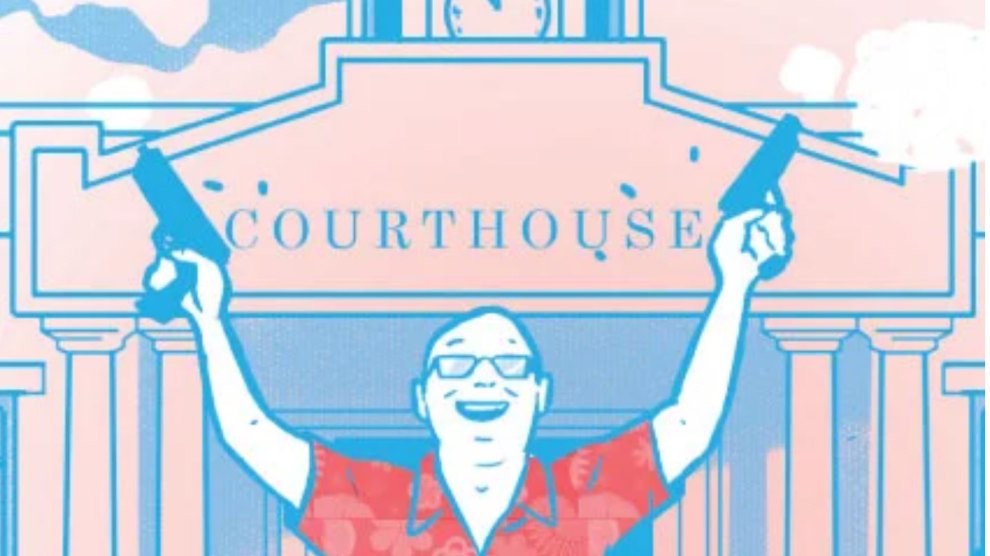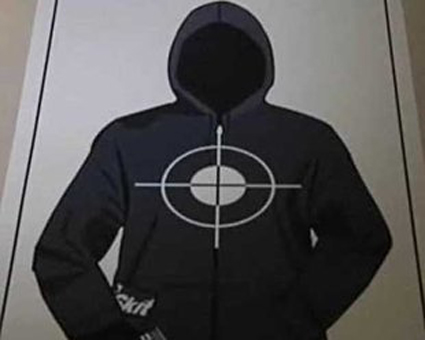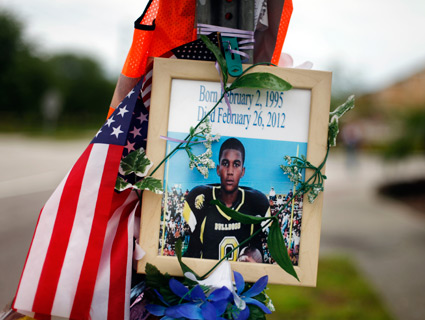Does George Zimmerman’s account of what happened on the night he shot and killed Trayvon Martin add up? That question, and whether or not he acted legally in self-defense, will be adjudicated in a Florida court. Aside from Zimmerman landing back in jail for allegedly lying during his bond hearing, the story on the Martin killing has been relatively quiet in recent weeks. But now, on the court’s orders, Zimmerman’s legal team has been forced to release additional documentary evidence, including a written statement from Zimmerman and a police video (above) in which he reenacts the deadly altercation for investigators the day after it went down.
It isn’t hard to see why Zimmerman’s attorneys were reluctant to make the material public. It raises more questions and reveals apparent discrepancies in his story.
In a four-page written statement to police on February 26, the night of the shooting (see the document below), Zimmerman says Martin “circled his vehicle” and then disappeared into the darkness as Zimmerman spoke to a police dispatcher on his cell phone. When the dispatcher asked him for his location, Zimmerman wrote in the statement, “I could not remember the name of the street so I got out of my car to look for a street sign.”
His stated reason for exiting his vehicle may not be implausible, but it’s certainly odd: After all, Zimmerman had lived in the Retreat at Twin Lakes, a small gated community, for years. And he was a leader of its Neighborhood Watch program; prior to the night he killed Martin, he’d called the police no less than 46 times since 2004 to report alleged incidents in the neigborhood. This is a guy who now doesn’t recognize which street he’s on in his neighborhood?
Also eyebrow-raising is Zimmerman’s recollection of the violence that took place after he exited his vehicle. In the written statement, Zimmerman describes reaching for his cell phone to dial 911 as Martin accosts him, comes at him, and punches him in the face. “I fell backwards onto my back,” Zimmerman wrote. “The suspect got on top of me.”
But in his reenactment at the scene, filmed the day after the shooting by police investigators, Zimmerman describes moving forward after Martin punches him in the face, not falling onto his back. “I think I stumbled,” he tells investigators, gesturing forward with his right hand from the spot where he says Martin punched him. “I fell down, he pushed me down, somehow he got on top of me.”
An investigator then asks, “On the grass or on the cement?”
Zimmerman points and walks forward about six paces, the camera following him, as he responds: “It was more over towards here. I think I was trying to push him away from me, and then he got on top of me somewhere around here, and that’s when I started screaming for help.”
Zimmerman has a right to his day in court. It’s important to keep that in mind. But as more information from the investigation emerges, it doesn’t seem to be doing much for his case in the court of public opinion.


















